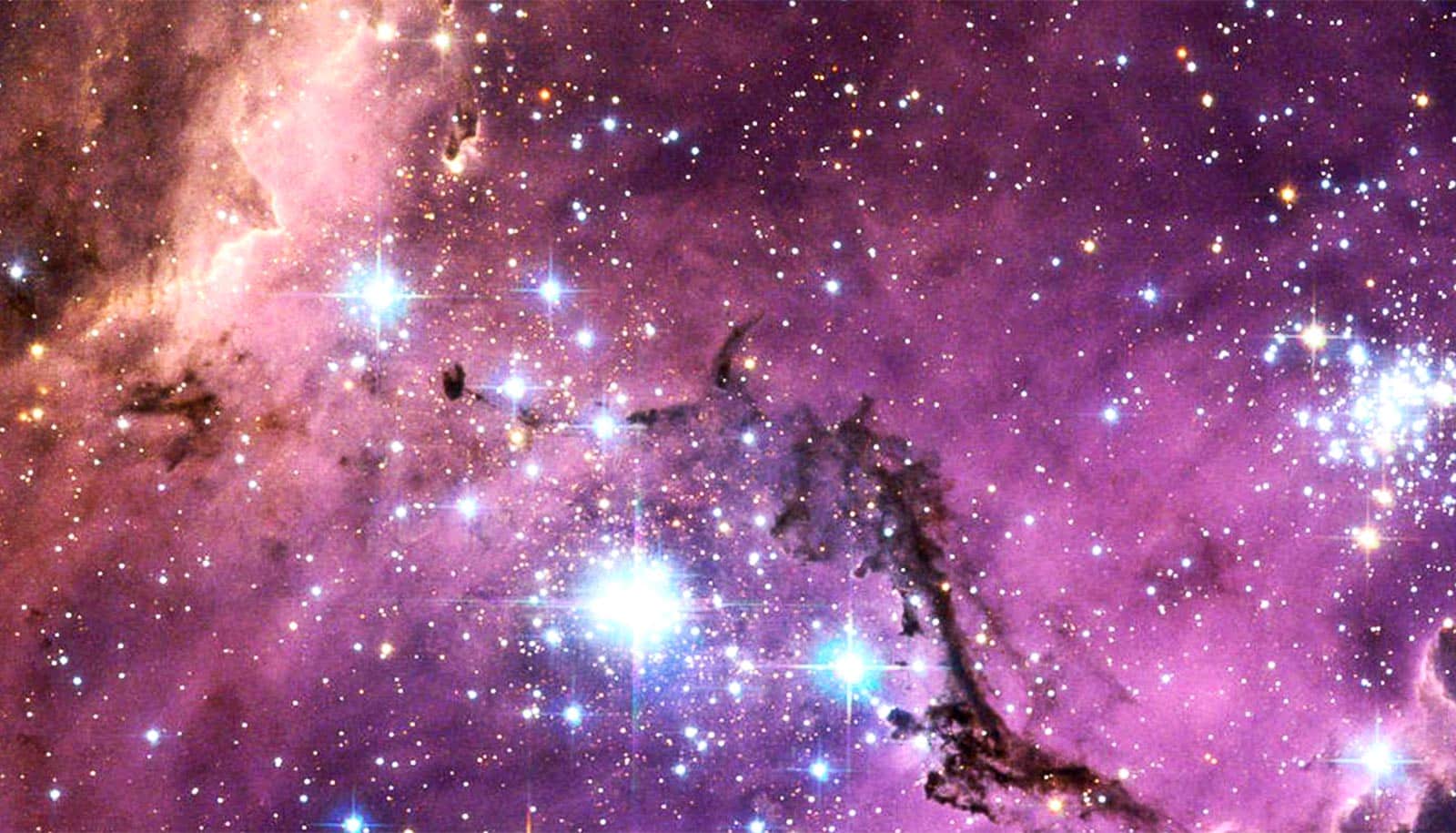Two new studies have revealed more about the galaxies that orbit around the Milky Way.
They include evidence that large satellite galaxies can bring their own small satellites with them when they get sucked into orbit around the Milky Way, researchers report.
These arrangements can tell scientists a great deal about the secrets of the universe—from how galaxies form to the mysterious nature of dark matter.
“These faint galaxies can teach us a lot about how stars and galaxies form.”
The findings shed light on the halos of dark matter that surround these galaxies, as well as a prediction that our home galaxy should host an additional 100 or so very faint satellite galaxies awaiting discovery.
“The Dark Energy Survey data gives us unprecedented sensitivity for the smallest, oldest, and most dark-matter-dominated galaxies,” says Alex Drlica-Wagner, an assistant professor in the astronomy and astrophysics department at the University of Chicago. “These faint galaxies can teach us a lot about how stars and galaxies form.”
Both studies (one, two) appear in the Astrophysical Journal. They rely heavily on data from the Dark Energy Survey, a groundbreaking effort to map the skies led by Fermi National Accelerator Laboratory and the University of Chicago.
Astronomers have long known the Milky Way has satellite galaxies—including the notable Large Magellanic Cloud, observable with the naked eye in the southern hemisphere—but thanks to surveys with large telescopes, the list of known satellites has increased to about 60 over the last two decades.
“We wanted to rigorously answer the question: What is the faintest galaxy that our telescopes can detect?”
These galaxies can tell us a lot about the cosmos, including how much dark matter it takes to form a galaxy, how many satellite galaxies we should expect to find around the Milky Way, and whether galaxies can bring their own satellites into orbit around our own—a key prediction of the most popular model of dark matter. (The answer to that last question appears to be a resounding “yes.”)
“We wanted to rigorously answer the question: What is the faintest galaxy that our telescopes can detect?” Drlica-Wagner says.
To answer this question, they simulated over a million small satellite galaxies, embedded them into large astronomical data sets, and used their search algorithms to try to re-extract them. This allowed them to determine which galaxies could be detected and which were too faint for current telescopes. They then combined this information with large numerical simulations of dark matter clustering to predict the total population of satellites around the Milky Way (including both those that we can see, and those that we cannot).
The result was a prediction that about 100 more galaxies remain to be discovered orbiting the Milky Way. If scientists discover the “missing” 100 galaxies, it would help confirm the researchers’ model linking dark matter and galaxy formation.
“One of the most exciting things about this work is that we will be able to use our measurements of satellite galaxies to understand microscopic properties of dark matter,” Drlica-Wagner says.
The leading model for dark matter is that it’s a subatomic particle, like an electron or a proton, that formed in the early universe.
If these particles of dark matter were very light, they could have had very high velocity, which would make it hard for dark matter to clump and form the galaxies that we see today. So, by observing a large number of small galaxies, it’s possible to put a lower limit on how much mass a dark matter particle could have, the researchers say.
“The particle nature of dark matter can have an observable consequences for the galaxies that we see,” says Drlica-Wagner.
Additional researchers from the University of Chicago, the University of Wisconsin-Madison, and SLAC National Accelerator Laboratory contributed to the work. Funding came from the US Department of Energy and Stanford University.
Source: University of Chicago



